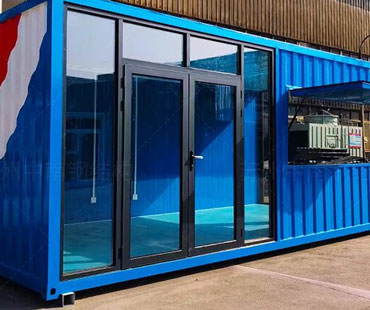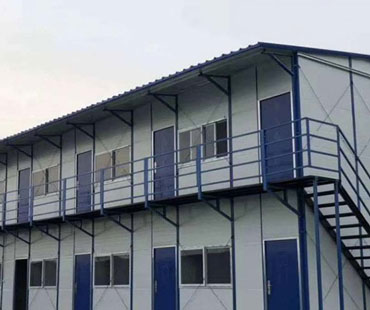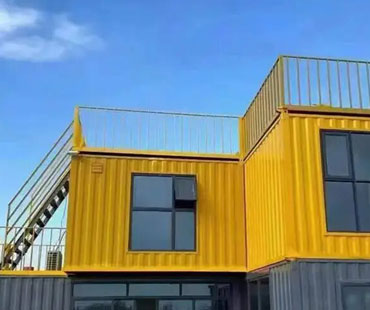The shipping container has long been a cornerstone of global trade, revolutionizing the way goods are transported across borders. Originally designed for efficiency and standardization, traditional containers primarily focused on maximizing cargo space and minimizing costs. However, with the growing awareness of environmental issues and the urgent need for sustainable practices, the shipping industry is witnessing a significant transformation. This article explores the evolution of shipping containers from traditional designs to eco-friendly solutions, highlighting the innovations and practices that are shaping a greener future for logistics.
Introduced in the mid-20th century, the standard shipping container was a game-changer in logistics. Its uniform dimensions allowed for easy stacking and efficient loading and unloading, leading to reduced shipping times and costs. Made primarily from steel, traditional containers are durable and capable of withstanding harsh weather conditions. However, their production and use come with substantial environmental impacts, including high carbon emissions and resource consumption.
As the world grapples with climate change and environmental degradation, there has been a significant shift in how industries approach sustainability. The shipping sector, responsible for a considerable amount of global greenhouse gas emissions, is under pressure to adopt greener practices. This has led to a re-examination of every aspect of shipping, including the containers used for transport.

Innovations in Eco-Friendly Container Design
1.Sustainable Materials: One of the most significant changes in container design is the shift towards sustainable materials. Manufacturers are exploring alternatives to traditional steel, such as recycled metals and composite materials that reduce the environmental footprint of production. Some companies are even experimenting with biodegradable materials for specific types of containers.
2.Energy Efficiency: Innovations in container design are also focusing on energy efficiency. For instance, containers are being equipped with advanced insulation to reduce energy consumption, particularly in refrigerated (reefer) containers. This not only helps in maintaining temperature but also reduces the overall energy needed for transportation.
3.Modular and Multi-Use Designs: The concept of modular shipping containers allows for multiple uses beyond transportation. These eco-friendly designs can be transformed into temporary housing, offices, or community spaces, promoting a circular economy. By repurposing containers, the need for new materials and construction is significantly reduced.
4.Smart Technology Integration: The integration of smart technologies in containers is another exciting development. Sensors and IoT devices can monitor environmental conditions, track emissions, and optimize shipping routes. This data-driven approach not only improves efficiency but also helps in minimizing the environmental impact of shipping operations.
Case Studies: Leading the Way
Several companies are at the forefront of implementing eco-friendly container solutions. For example, Maersk has committed to using more sustainable materials in their container fleet and is actively exploring options for carbon-neutral shipping by 2050. Similarly, companies like Hapag-Lloyd are investing in research to develop containers that integrate renewable energy sources, such as solar panels, to power refrigeration units.
Another notable initiative is the use of shipping containers for urban development. Cities around the world are repurposing old containers as affordable housing solutions or pop-up retail spaces. This not only addresses housing shortages but also promotes recycling and the reuse of materials.
Challenges and the Road Ahead
Despite the progress being made, the transition from traditional to eco-friendly containers is not without challenges. The initial cost of producing sustainable containers can be higher, and there is often resistance to change within established shipping practices. Additionally, regulatory frameworks need to evolve to support and incentivize the adoption of green technologies in shipping.
However, as consumers increasingly demand sustainable practices and governments implement stricter regulations on emissions, the shipping industry is likely to continue embracing innovation. The blend of technology, sustainable practices, and a commitment to environmental stewardship will shape the future of shipping containers.
The transformation of shipping containers from traditional to eco-friendly designs reflects a broader shift towards sustainability in the global logistics industry. By embracing innovative materials, energy-efficient designs, and the principles of circular economy, the shipping sector is taking significant steps towards reducing its environmental impact. As the demand for sustainable practices continues to grow, the evolution of containers will play a crucial role in shaping a greener future for global trade. The journey from tradition to ecology is not just a trend; it is a necessary evolution that will benefit both the industry and the planet.


